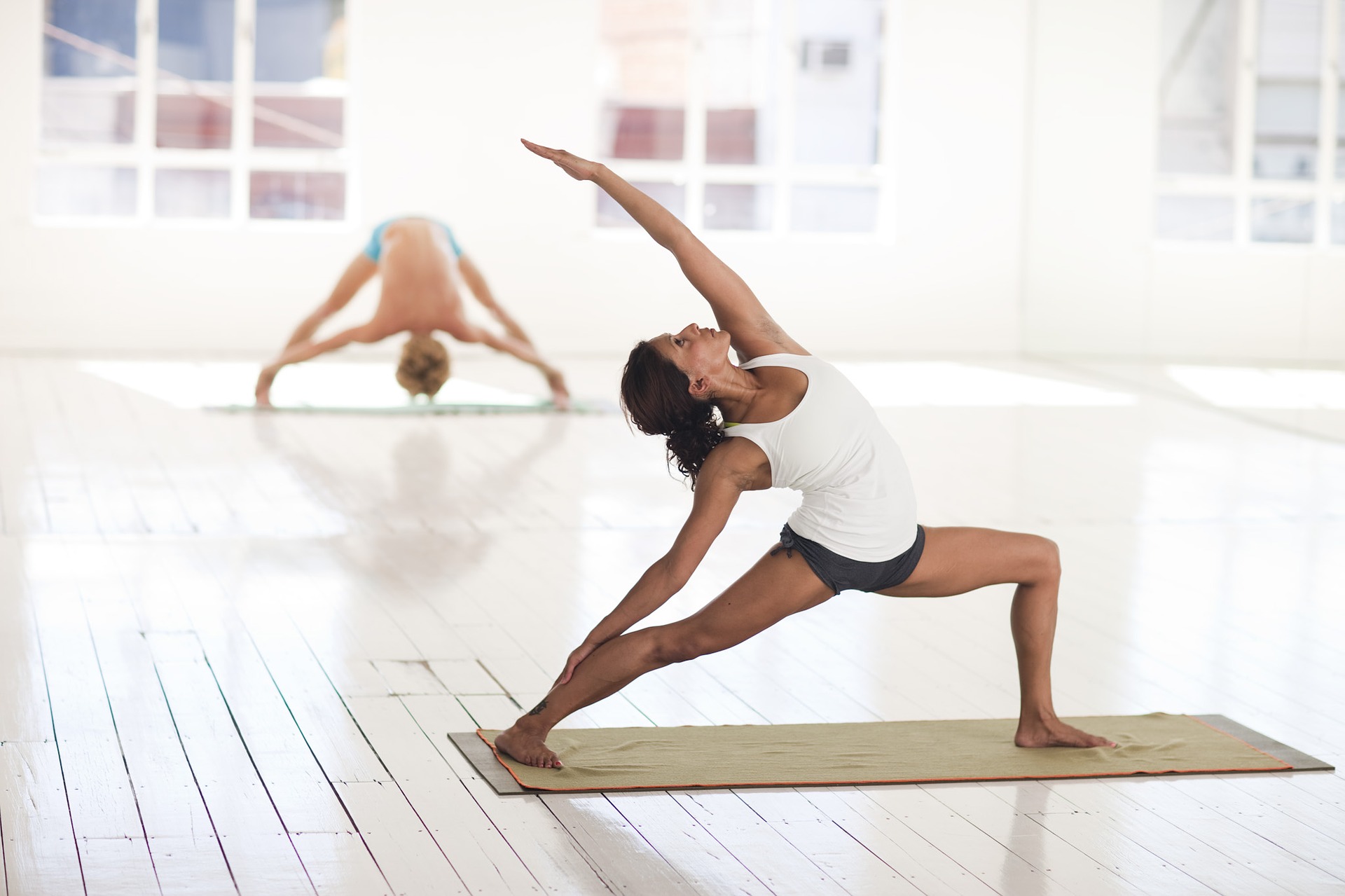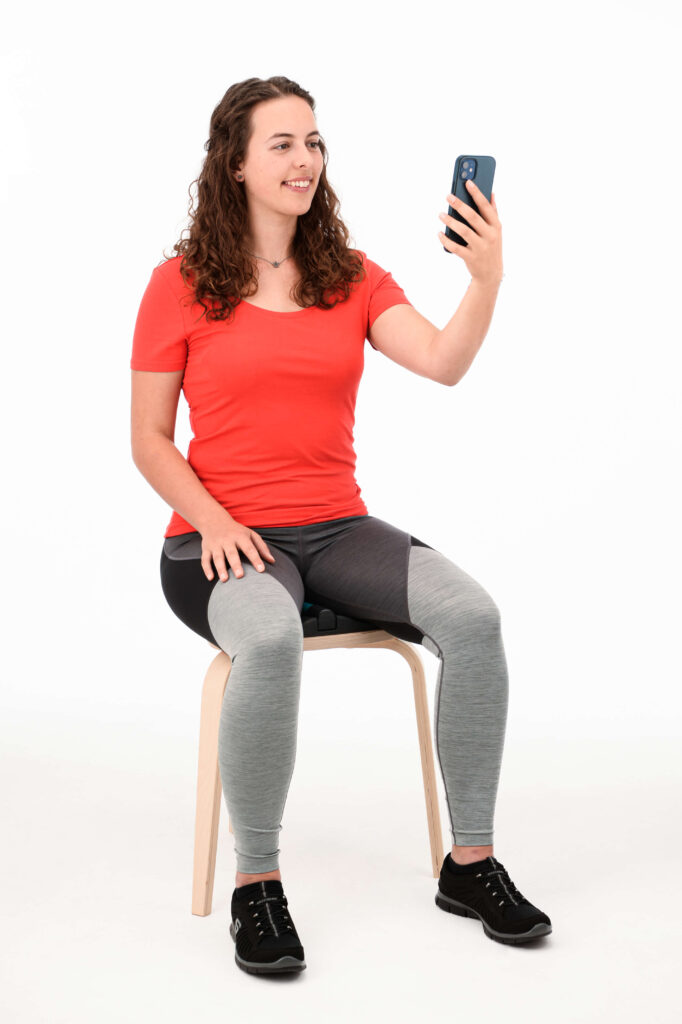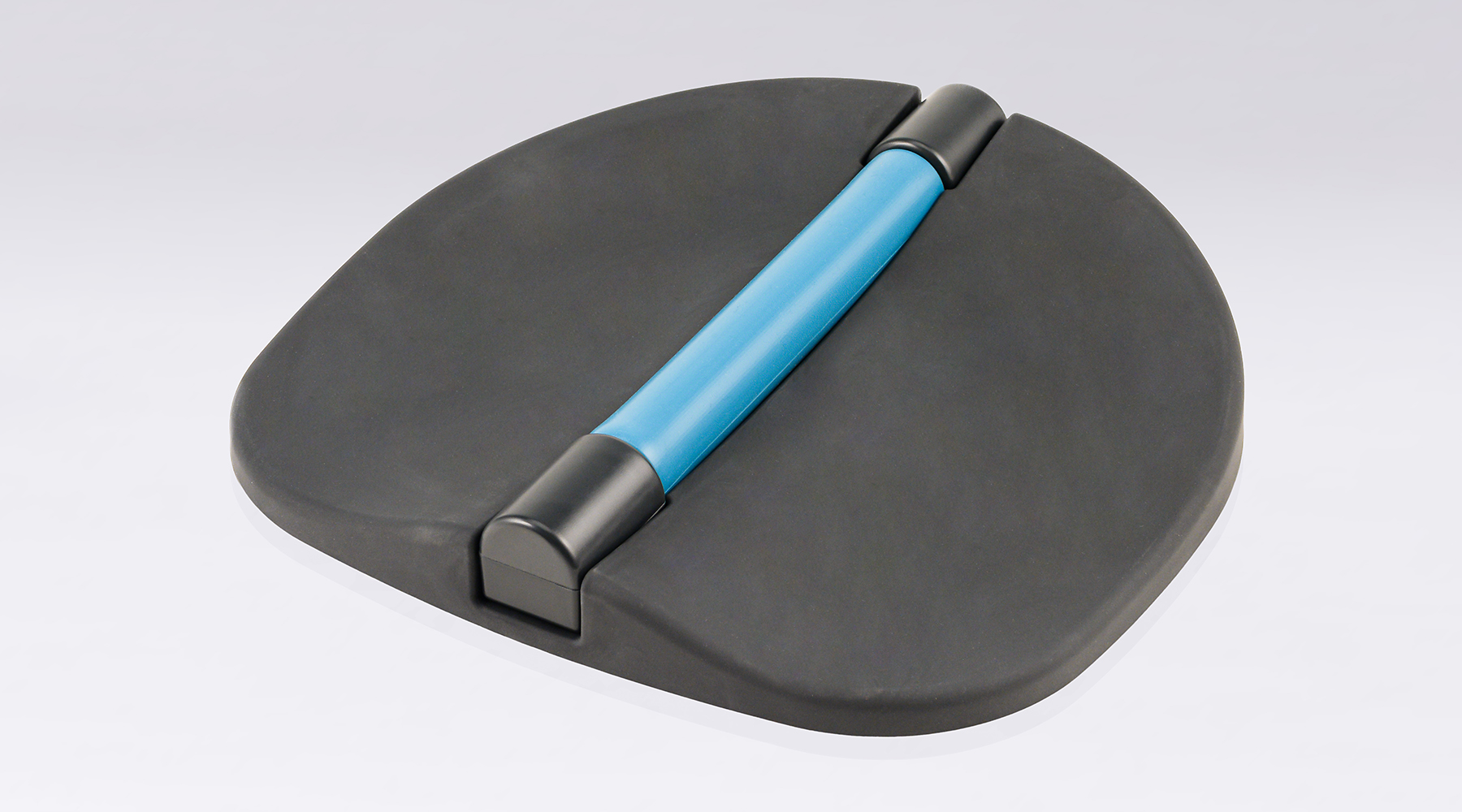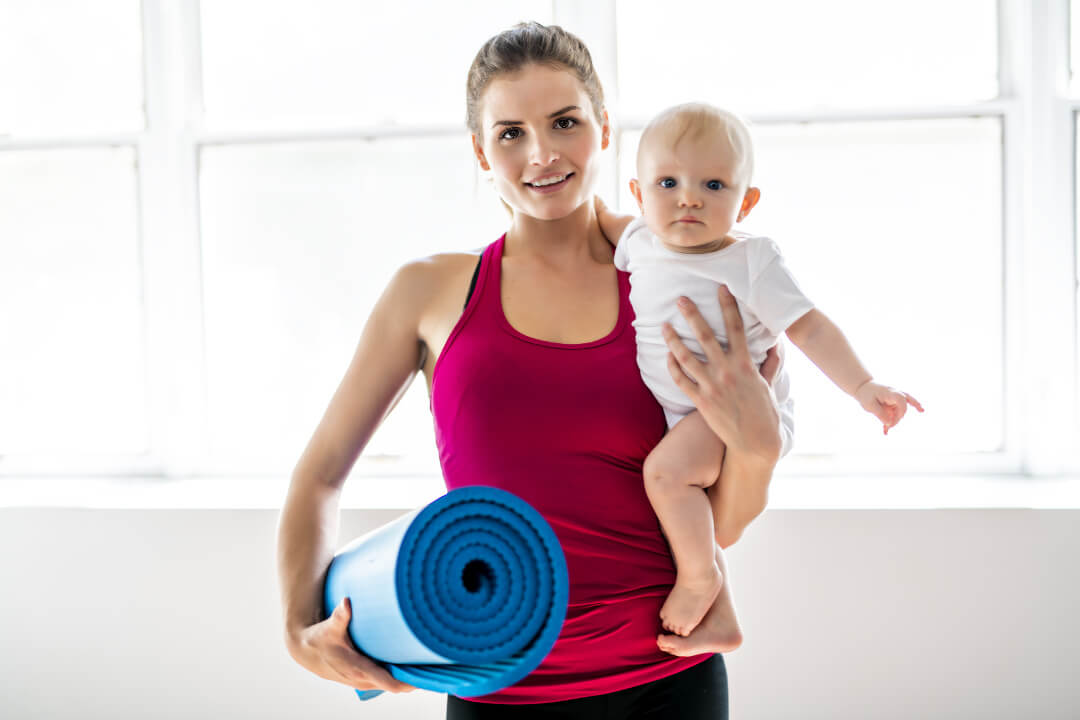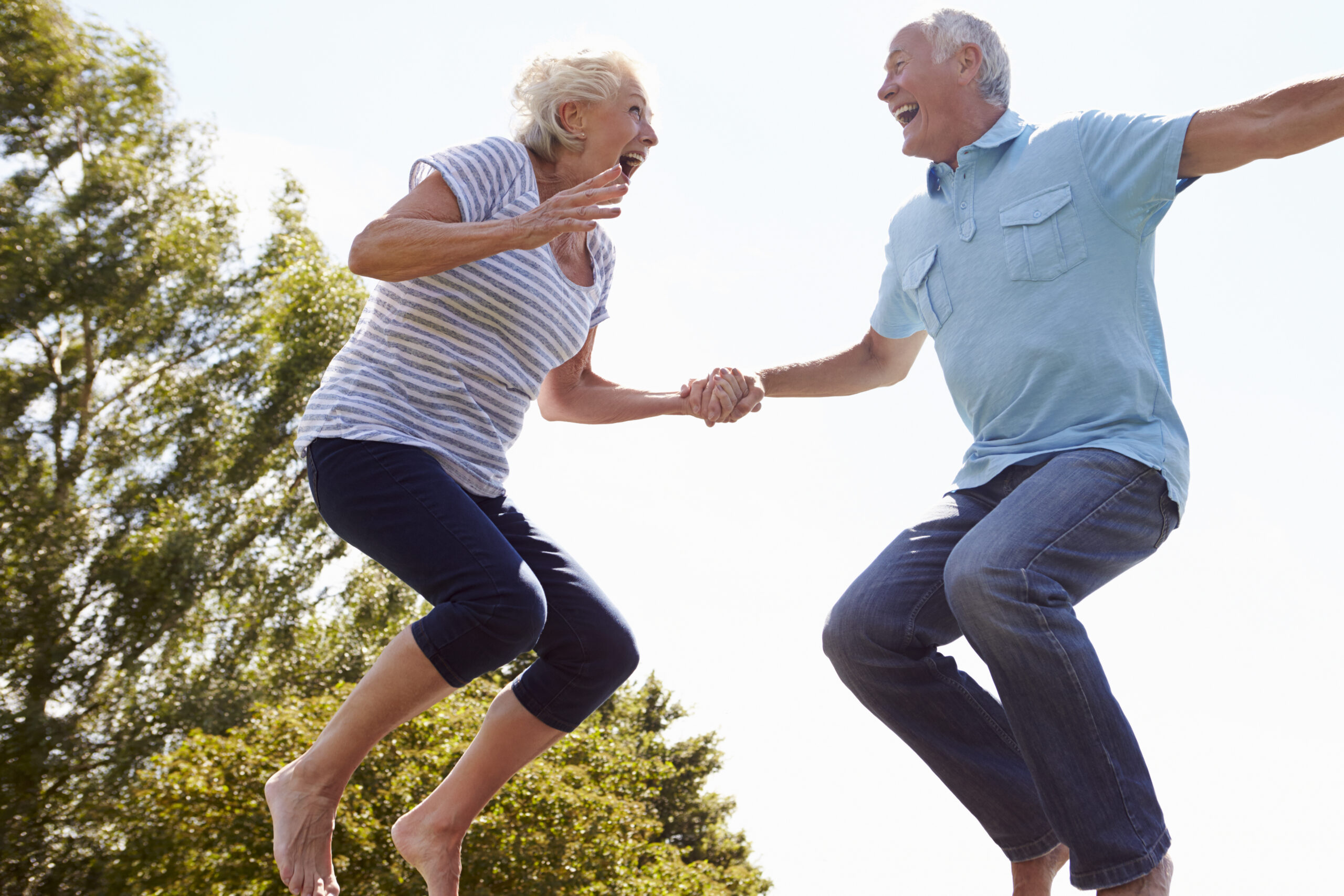Sport is indispensable for a healthy lifestyle – but the fact that it can cause incontinence is considered a taboo subject. Not only women and older people are affected by this, young athletes of both sexes have to struggle with it as well. Urinary incontinence in particular occurs in many sports and not only affects performance but also daily life. Suitable pelvic floor training with a modern pelvic floor training device provides relief, prevents incipient incontinence and improves the quality of life.
Taboo subject of urinary incontinence in female athletes
Urinary incontinence is only an issue for women after childbirth or menopause? Far from it. Sports medicine experts have found that uncontrolled urination due to exercise is more common than is commonly thought. Studies show that the female gender in particular struggles with stress incontinence (formerly known as stress incontinence) in many sports. The figures are quite alarming: in middle-aged women, urinary incontinence occurs with a frequency of 30%, with regular sporting activity it rises to over %, , and in old age the figures go blithely upwards still further.
Women suffer particularly often from incontinence
Women are significantly more likely than men to suffer from incontinence. This is mainly due to pregnancies in which the unborn baby puts increasing weight on the inner lining of the pelvic floor. In particular, vaginal births and increasing age weaken the pelvic floor muscles, which are important for controlling bowel movements and urination.
Althoughsport is healthy, it is often an additional trigger for urinary incontinence and also faecal incontinence. Likewise, contraceptives, smoking and obesity have a negative effect on the stability of the pelvic floor.
Why is a well-trained pelvic floor so important?
The pelvic floor forms the natural closure of the abdominal cavity at the bottom, while it is bounded at the top by the diaphragm, at the front and sides by the abdominal muscles and at the back by the spine. Unlike a six-pack, you can’t see it – probably one of the reasons people don’t put as much emphasis on pelvic floor training.
The pelvic floor muscles are not only important for a straight posture (which plays a major role in sports), but also for the functionality of the urinary bladder and rectum, in women the vagina, in men the prostate. Impairments lead to urinary incontinence, fecal incontinence, and decreased sensation during sex.

Why does sport put strain on the pelvic floor muscles?
The upright gait was not intended in evolution. Hands free leads to the fact that our abdominal viscera with their entire weight on the lumbar spine and pelvic floor and thus on the pelvic floor muscles. The result is civilization diseases such as back problems and incontinence. Exercise can further aggravate these symptoms. How come?
- Jerky movements are normal in many sports. Jumping around and stopping quickly greatly increase the mechanical stress and muscle stretch in the pelvis.
- The abdominal press comes with many sports activities. This refers to the tightening of the abdominal muscles and diaphragm, which further increases the pressure on the abdominal organs and thus also on the pelvic floor.
- We run wrong, at least from a functional-anatomical point of view: in evolution, humans have evolved to be rushers who can run for hours. However, springy on toes and balls and not like us on the little elastic mounted heel, which passes every shock unfiltered to the body.
- Constant stress on the pelvic floor muscles stretches and weakens them. This affects the ability of the rectum and especially the bladder muscle to close, leading to urinary and/or fecal incontinence.
Competitive sports aggravate the symptoms of urinary incontinence
Urinary incontinence is particularly high among women in competitive sports. Across all sports, metastudies found an average incidence of 25.9% %, of which 20.7% proved to be stress incontinence. Extremely high scores were recorded for volleyball (75.6%) and trampolining (80%).
A prevalence of 5.6 % is assumed for even light sporting activity. Swimming corresponds most closely to our former four-legged natural posture and puts the least strain on the pelvic floor muscles.
The impairment of the pelvic floor varies depending on the type of sport:
- low load: golf, swimming, running, throwing the discus and javelin.
- moderate load: cross-country skiing, hockey, tennis, badminton, baseball
- heavy load: gymnastics, ballet, aerobics, trampolining, judo, football, basketball, handball, volleyball
Not to be forgotten: Most studies deal with active female athletes, i.e. those of young and middle age. The incidence of urinary incontinence increases significantly with age – with or without exercise.
What about urinary incontinence in male athletes and fecal incontinence?
Thereare hardly any studies on sports-related incontinence in men – currently there are just about a dozen. At the very least, they show that urinary incontinence is not an exclusive problem for female athletes and is probably an even greater taboo for male athletes.
Findings are even more sparse in fecal incontinence – here there are only episodic reports. Since the weakening of the pelvic floor musculature also impairs the holding mechanisms of the intestine, the number of unreported cases is probably higher than the meagre reports suggest.
How common is urinary incontinence in sports?
Urinary incontinence is more common among athletes than you might think. A few numbers:
- Female competitive athletes are about five times more likely to suffer from urinary incontinence than their male counterparts. One of these studies talks about 45.1% of women, but only 14.7% of men.
- Stress incontinence accounts for 59.9% of cases.
- Moderate to severe are 30.9% of the cases of urinary incontinence.
- Of the test subjects report urinary leakage
- 22.7 % during training
- 40.5 % for jumping
- 19.6 % when running
- 20.2 % for other activities
Remedy for sports-related incontinence: pelvic floor training
Especially in competitive sports, pelvic floor training is considered the best option for treating urinary incontinence. A strengthened and well trained pelvic floor musculature not only improves current complaints with incontinence, but also prevents age-related aggravations. Likewise, the exercises have proven themselves in less strenuous sports.
With a modern pelvic floor training device like the PelvicTool from Alonea, training is easier than ever before: You can sit on the device in loose sportswear and follow the tightening and loosening of the muscles in the pelvic floor live via an app on your smartphone or tablet. The intimate-free application even allows training in groups, for example in physiotherapy – sport is always more fun together than alone, and this also applies to pelvic floor training!
Sources, links and further literature
- Bø K. Urinary incontinence, pelvic floor dysfunction, exercise and sport. Sports Med. 2004;34(7):451-64. doi: 10.2165/00007256-200434070-00004. PMID: 15233598.
- Carvalhais A, Araújo J, Jorge RN, Bø K. Urinary incontinence and disordered eating in female elite athletes. J Sci Med Sport. 2019; 22: 140-144. doi:10.1016/j.jsams.2018.07.008
- de Mattos Lourenco TR, Matsuoka PK, Baracat EC, Haddad JM. Urinary incontinence in female athletes: a systematic review. Int Urogynecol J. 2018 Dec;29(12):1757-1763. doi: 10.1007/s00192-018-3629-z. Epub 2018 Mar 19. PMID: 29552736.
- Dobbertin Gram MC, Bø K. High level rhythmic gymnasts and urinary incontinence: Prevalence, risk factors, and influence on performance. Scand J Med Sci Sports. 2019; 00: 1-7. doi:10.1111/sms.13548
- Goldstick O, Constantini N. Urinary incontinence in physically active women and female athletes. Br J Sports Med. 2014 Feb;48(4):296-8. doi: 10.1136/bjsports-2012-091880. Epub 2013 May 18. PMID: 23687004.
- Louis-Charles K, Biggie K, Wolfinbarger A, Wilcox B, Kienstra CM. Pelvic Floor Dysfunction in the Female Athlete. Curr Sports Med Rep. 2019 Feb;18(2):49-52. doi: 10.1249/JSR.0000000000000563. PMID: 30730341.
- Nygaard IE, Shaw JM. Physical activity and the pelvic floor. Am J Obstet Gynecol. 2016 Feb;214(2):164-171. doi: 10.1016/j.ajog.2015.08.067. Epub 2015 Sep 6. PMID: 26348380; PMCID: PMC4744534.
- Pires T, Pires P, Moreira H, Viana R. Prevalence of Urinary Incontinence in High-Impact Sport Athletes: A Systematic Review and Meta-Analysis. J Hum Kinet. 2020 Jul 21;73:279-288. doi: 10.2478/hukin-2020-0008. PMID: 32774559; PMCID: PMC7386138.
- Rodríguez-López ES, Calvo-Moreno SO, Basas-García Á, Gutierrez-Ortega F, Guodemar-Pérez J, Acevedo-Gómez MB. Prevalence of urinary incontinence among elite athletes of both sexes. J Sci Med Sport. 2021 Apr;24(4):338-344. doi: 10.1016/j.jsams.2020.09.017. Epub 2020 Oct 1. PMID: 33041208.
- Sorrigueta-Hernández A, Padilla-Fernandez BY, Marquez-Sanchez MT, Flores-Fraile MC, Flores-Fraile J, Moreno-Pascual C, Lorenzo-Gomez A, Garcia-Cenador MB, Lorenzo-Gomez MF. Benefits of Physiotherapy on Urinary Incontinence in High-Performance Female Athletes. Meta-Analysis. J Clin Med. 2020 Oct 10;9(10):3240. doi: 10.3390/jcm9103240. PMID: 33050442; PMCID: PMC7601720.



